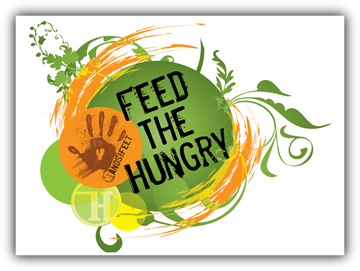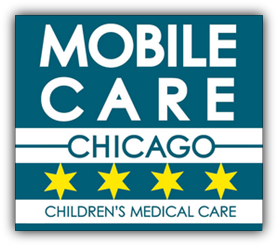RESEARCH
The USDA estimated that 11.1% of US households were food insecure in 2018, and more than 35 million people in the United States struggled with hunger in 2019. Many of these families rely on Feeding America and their network of pantries, shelters, and soup kitchens for food. The largest suppliers to these agencies are regional and local food banks. Food banks are large distribution centers that collect, store, and distribute food. Much of this food is donated by sources of surplus food such as supermarkets and grocery chains.
Delivery trucks are loaded in food banks and deliver food to several locations before they return to the food bank. Because the demand in locations is variable and not known in advance, there is a possibility that the truck will have leftover food at the end of their route (where some perishable food may be wasted), or the chance that some locations (especially the locations at the end of the route) do not receive what they request. Traditional inventory routing problems focus on minimizing food waste (i.e., maximizing delivery) and ignore the equity issue of allocating food fairly among all the locations in the route. In this project, we develop a sequential allocation policy that minimizes waste while allocating food in an equitable manner. (Joint work with K. Smilowitz and R. Lien)
Fair Allocation of Food while Minimizing Waste
Nonprofit organizations play an increasingly large role in delivering essential services to vulnerable and underserved members of society. Much research has been conducted on managing operations in commercial settings where the main goal is either to maximize profit or to minimize cost. Little work, however, has been conducted in nonprofit applications. In such settings, objectives are often more difficult to quantify since issues such as equity (fair allocation of resources) and effective use of donations must be considered, yet efficient operations are still crucial. Below are two projects that present examples of operations management decisions in non-profit settings: the first is about food allocation and the second is about scheduling medical appointment for children with asthma.
NONPROFIT OPERATIONS
Childhood asthma, a chronic respiratory disease characterized by periods of difficulty in breathing, affects about 6.5 million children in the United States. Childhood asthma places severe burdens on families and society at large through healthcare resource use because asthma management requires regular monitoring by healthcare providers even during asymptomatic periods. The absence of appropriate care can lead to asthma attacks. In 2004, such attacks resulted in 12.8 million missed school days, 750,000 emergency department visits, and 198,000 hospitalizations in the United States.
Community-based programs have been shown to reduce these disparities by improving access to health services for underserved populations. These programs typically consist of a mobile clinic that visits locations such as schools to examine children and provide medical advice to their parents. The mobile clinic must set up patient follow-up appointment schedules and periodic school visits. Recent studies demonstrate that these programs are successful in controlling asthma. In this project we investigate how the care provider can maximize community-level health outcomes through better operational decisions pertaining to capacity allocation across different patients. We develop a capacity allocation model that incorporates clinical (disease progression) and operational (capacity constraint) aspects. We employ our allocation policies in a more general setting and test its performance using operational and clinical data obtained from Mobile C.A.R.E. Foundation, a community-based provider of pediatric asthma care in Chicago. (Joint work with S. Deo, T. Jiang, and K. Smilowitz)


Better Capacity Allocation in Community-Based Chronic Care


